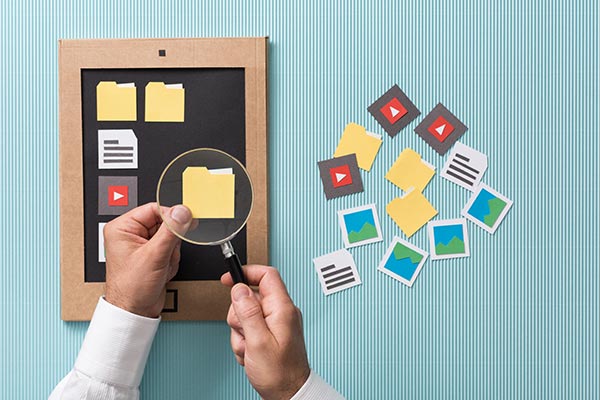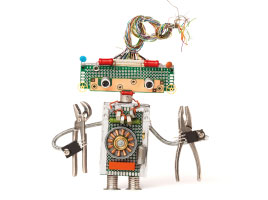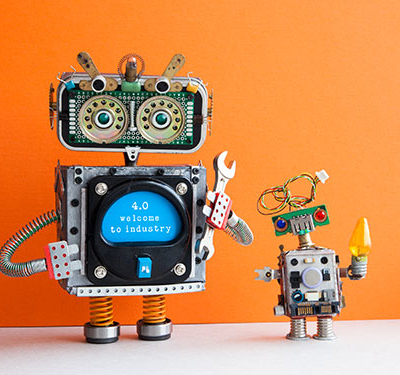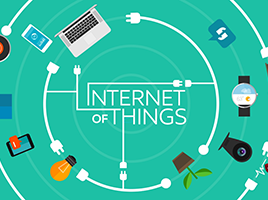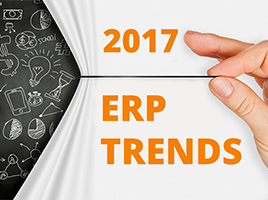
How analysis of the Internet of Things ( IoT ) yields unexpected information.
We recently installed solar panels on our house. For those of you that know me, I’m a bit of a technology enthusiast and I’ve been wanting to do this for quite some time. The salesman came with a great story about how good this was for the environment. Important, but all I really wanted to do was get my hands on the data. I was also given an app, which was good because that would provide insight into how much power I was generating and how much money I was saving. So why write a blog about this you may ask?
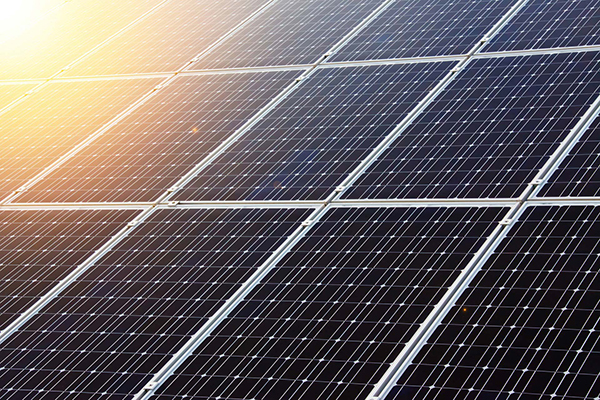
Performance Monitoring
I work with a couple of screens on my desk and I have one dedicated to monitoring my new solar panels, an infatuation I’m sure will pass with time. My portal shows me all the things I was expecting to see. Power generated, CO2 emissions avoided, trees saved and of course money saved.

As you do in a company, you decide where you need to apply sensors and have an idea of the information that can be created from the sensor data, this usually turns out to be correct and is a good starting point for putting in place the initial hard and software infrastructure needed for an IoT implementation.
Unexpected Results
In my particular case, on a nice and sunny day, the power output curve looks like this:
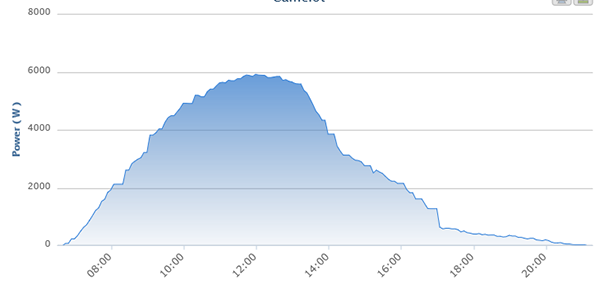
As I was watching these curves develop day in day out it dawned on me that they yielded additional information.
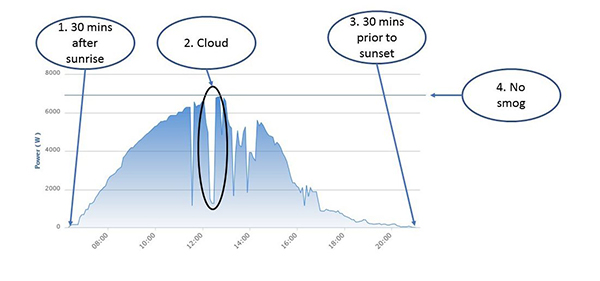
I’m sure that once I have enough information, I can do time series analysis and glean additional information out of this simple data set such as the number of hours of sunshine throughout the year and year on year variations and trends.
IoT In The Industry
When you get a new car, all of a sudden you start seeing ‘your’model on the road a lot more and no, we’re not all trendsetters, it’s just when something is relevant to yourself you notice it more. So too with my solar panels. There are actually quite a lot in my neighborhood and throughout the country.
Since weather patterns differ by region and panels have different orientations towards the sun this means the generation of solar energy by households is very noisy. Output levels change over time as energy gets used at the source or clouds drift over the country. It’s easy to understand that this makes for a difficult situation for the energy generation and distribution companies. Weather forecasts are now a key input to determining how much electricity needs to be generated at what point in time, load balancing the grid just became a lot more complex.
Another example of IoT in the industry is one of our IoT Business Connector early adopters, Anticimex, which had a similar experience after they started their journey of connecting their Smart rat traps. Anticimex has a varied offering for homeowners and businesses. It carries out pest control covering a broad range of creatures, mostly insects and rodents.
Initially wanting to do away with regular service visits and emptying of traps, this company discovered it could also use the data they were collecting to predict when batteries needed to be replaced. This allowed them to further optimize the visit schedule, routing and ultimately save on the number of miles driven. It also enables Anticimex to meet key SLAs in food processing, medicine manufacturing, hospitality, restaurants, etc. more efficiently and effectively.
Get Started With IoT Today
If you haven’t already done so, I would suggest you start applying some IoT concepts in your company. As you can see from the examples in this post, there is always more information in the data than you expected to find initially. Visit the IFS website to learn how we and the IFS IoT Business Connector can support you with your IoT initiatives.



